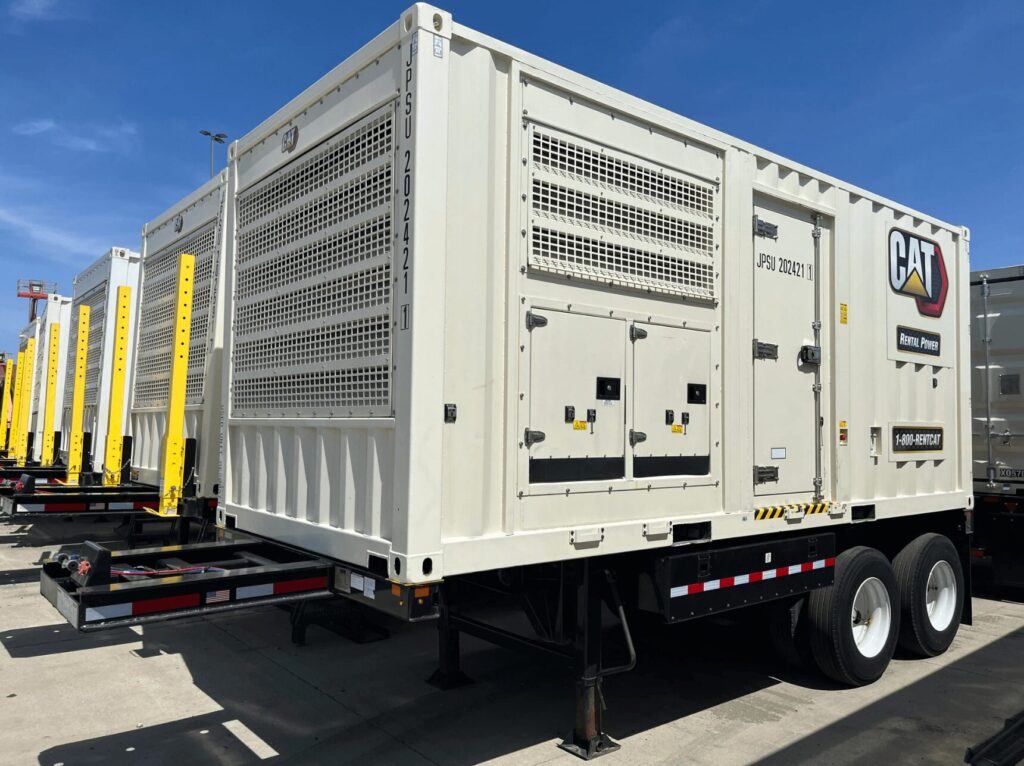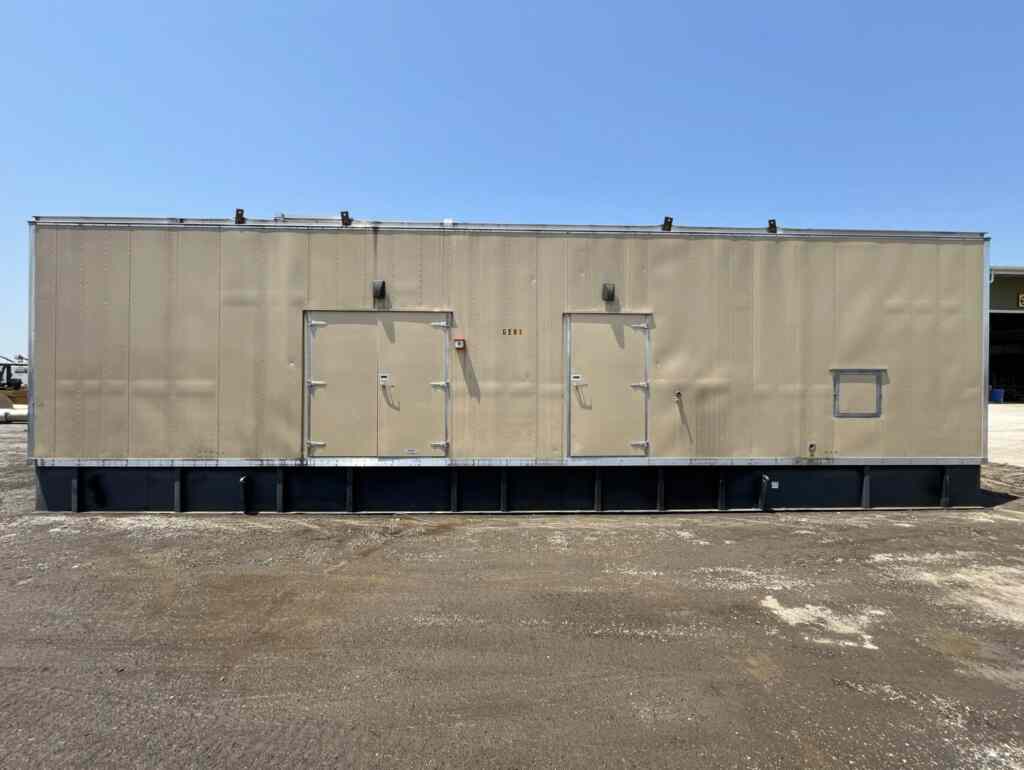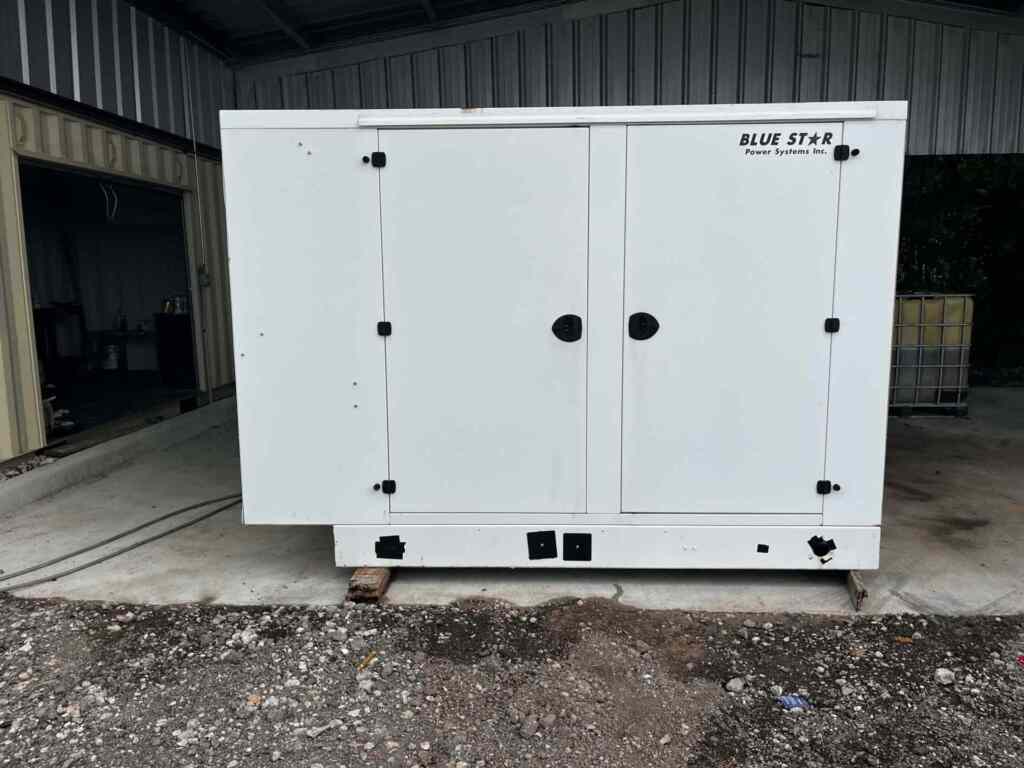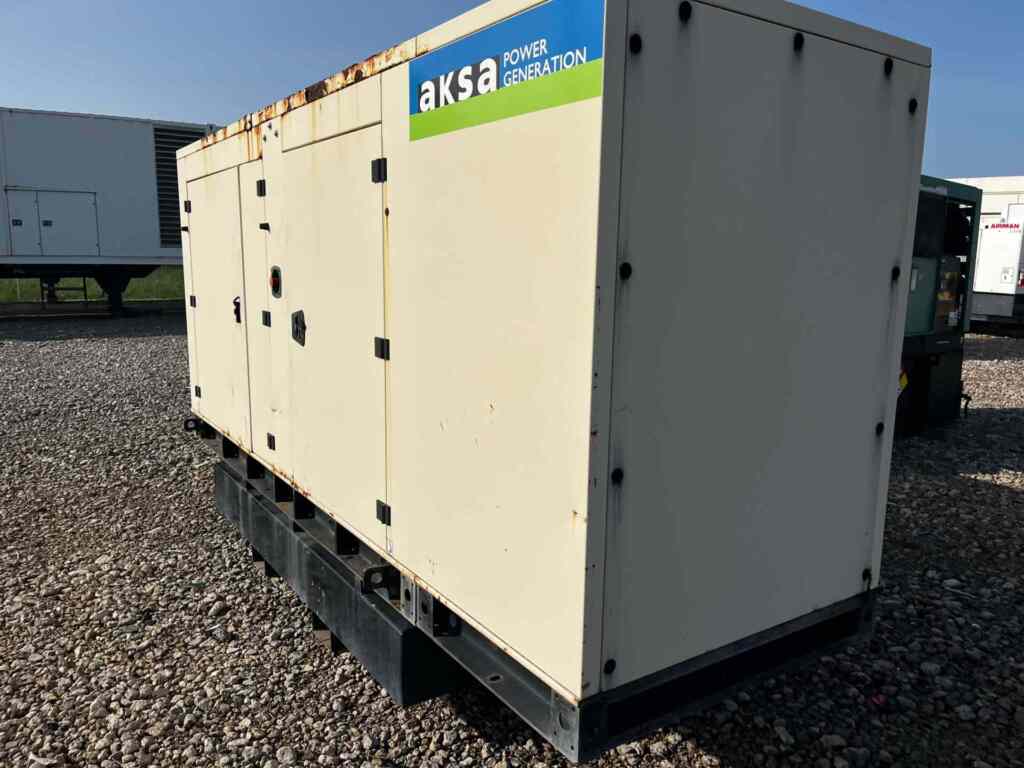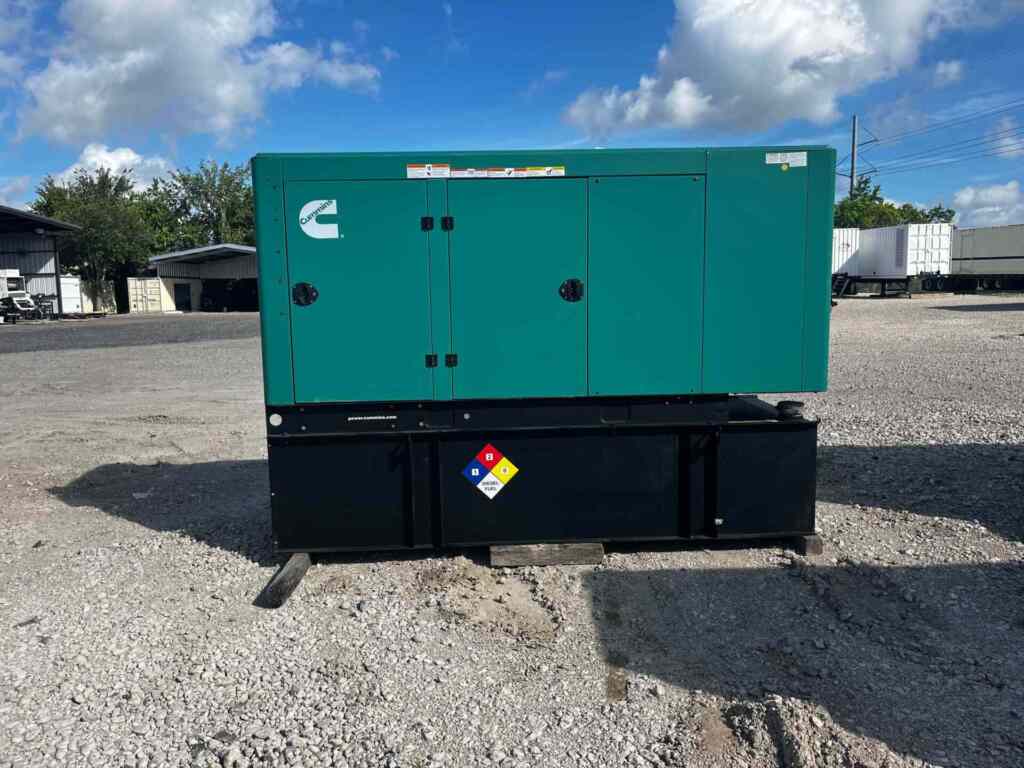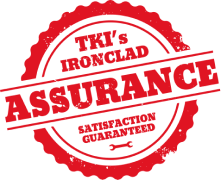Industrial generators power critical industries, but strict EPA emission regulations govern their environmental impact. The Tier Rating system sets limits on pollutants like NOx, CO, and particulate matter, ensuring compliance for businesses. Failing to meet these standards can lead to penalties, downtime, and increased costs for businesses. Understanding these regulations is essential for making informed generator choices.
Understanding Tier Ratings for Generators
Tier ratings categorize diesel engine emissions into four levels, each representing a stricter level of compliance with air quality regulations. These tiers were established by the Environmental Protection Agency (EPA) Non-Road Diesel Rule and apply to industrial generators based on their horsepower (HP) and production year.
The following table summarizes the key emission control technologies used at each tier level:
| Tier Level | Implementation Period | Key Emission Reduction Technologies |
| Tier 1 | 1996 – 2000 | Basic fuel injection adjustments |
| Tier 2 | 2001 – 2006 | Advanced combustion chamber designs |
| Tier 3 | 2006 – 2011 | Exhaust Gas Recirculation (EGR), improved fuel injection |
| Tier 4 | 2011 – Present | Selective Catalytic Reduction (SCR), Diesel Particulate Filters (DPF) |
Currently, Tier 4 Final is the most stringent level, requiring near-zero emissions of nitrogen oxides (NOx), particulate matter (PM), hydrocarbons (HC), and carbon monoxide (CO).
State-Specific Emission Requirements
While EPA regulations establish federal emission standards, individual states impose additional requirements to address local environmental concerns. Below are some key state regulations impacting industrial generator compliance:
California Air Resources Board (CARB) Standards
California enforces the strictest emission regulations in the U.S. through the California Air Resources Board (CARB). Industrial generators operating in the state must meet CARB-compliant standards, which often exceed federal Tier 4 requirements.
To reduce diesel emissions from stationary sources, businesses must comply with the Airborne Toxic Control Measure (ATCM) for stationary diesel engines, which sets strict limits on particulate matter, nitrogen oxides, and other pollutants.
Texas Commission on Environmental Quality (TCEQ) Regulations
Texas follows EPA guidelines but imposes additional restrictions to regulate air quality, particularly in high-pollution areas such as Houston and Dallas. Industrial generators in Texas must comply with Texas Commission on Environmental Quality (TCEQ) regulations, which set emission limits beyond federal EPA standards.
Businesses operating in these regions must ensure their generators meet the statewide air quality rules for stationary sources, which outline specific emission standards and permitting requirements enforced by TCEQ.
New York Department of Environmental Conservation (NYSDEC) Standards
New York enforces strict emissions regulations through the New York State Department of Environmental Conservation (NYSDEC). The state mandates that all new non-road diesel engines comply with Tier 4 Final standards, ensuring lower emissions and improved air quality.
Businesses operating standby generators in densely populated areas must also meet air compliance and emissions reporting requirements, which regulate fuel composition and permissible emission levels.
Massachusetts: Low Sulfur Diesel Fuel for Non-Road Generators
The Massachusetts Department of Transportation (MassDOT) mandates that diesel-powered non-road construction equipment exceeding 50 brake horsepower must utilize Ultra-Low Sulfur Diesel (ULSD) fuel, containing a maximum of 15 parts per million (ppm) sulfur. This requirement aims to significantly reduce sulfur dioxide emissions from such equipment.
Illinois EPA Permit Requirements for Standby Generators
Illinois requires construction permits for stationary internal combustion engines 1,118 kW (1,500 bhp) or larger, as outlined in the Illinois EPA air permitting regulations. Engines 500 bhp or higher may also be subject to additional state-specific controls.
Florida DEP and EPA Compliance Standards
Florida enforces EPA emission standards alongside regulations from the Florida Department of Environmental Protection (DEP). Industrial generators, including reciprocating internal combustion engines (RICE), must comply with Florida Administrative Code 62-296 and may qualify for an air general permit (AGP) under specific conditions.
Prime vs. Standby Generators and Their Compliance Needs
Generator compliance requirements vary based on their application. Prime power generators, which provide continuous electricity, must meet stricter Tier 4 Final emission standards to reduce environmental impact. Standby generators, used for backup power, typically fall under Tier 2 or Tier 3 regulations but may face additional restrictions if they exceed 100 hours of operation annually.
The table below outlines the key compliance differences between prime and standby generators, helping businesses determine the appropriate regulatory requirements for their power needs.
| Generator Type | Primary Use | Applicable Emission Standards | Additional Compliance Considerations |
| Prime Power Generators | Continuous power source | Tier 4 Final | Stricter emission controls due to ongoing operation |
| Standby Generators | Emergency backup | Tier 2 or Tier 3 | Stricter compliance if used over 100 hours per year |
How Businesses Can Ensure Environmental Compliance
Compliance with EPA and state-specific diesel fuel standards is essential to avoid penalties, ensure operational efficiency, and reduce environmental impact. Businesses using industrial generators must take proactive steps to meet Tier Ratings and regulatory standards while maintaining proper documentation and testing procedures.
To stay compliant, businesses should focus on the following key actions:
- Verify Compliance Before Purchase: Work with a trusted industrial generator supplier to ensure the unit meets EPA and state regulations.
- Upgrade Legacy Equipment: Older Tier 1 or Tier 2 generators may require emission retrofit solutions to remain compliant.
- Maintain Proper Documentation: Keep EPA and state permits readily available for inspections.
- Regular Emission Testing: Ensure the generator undergoes load bank testing and emissions checks to meet regulatory standards.
High-Quality Compliant Generators from Turnkey Industries
Turnkey Industries specializes in pre-owned industrial generators that meet all necessary EPA and state emissions standards. Our extensive inventory includes Tier 2, Tier 3, and Tier 4 Final generators from top brands like Caterpillar, Cummins, Kohler, and Baldor.
Why Choose Turnkey Industries?
- All generators are inspected, serviced, and load bank tested before sale.
- We offer immediate availability and nationwide delivery.
- Expert guidance to help you select a compliant industrial generator for your needs.
Whether you need a Tier 4 generator for ongoing operations or a Tier 2 standby unit for backup power, we have the right solution for your business.
Get expert assistance in selecting the right generator for your needs by contacting our team, or explore our industrial generator rental options for flexible power solutions.
 Turnkey Industries offers a variety of high-capacity
Turnkey Industries offers a variety of high-capacity 
